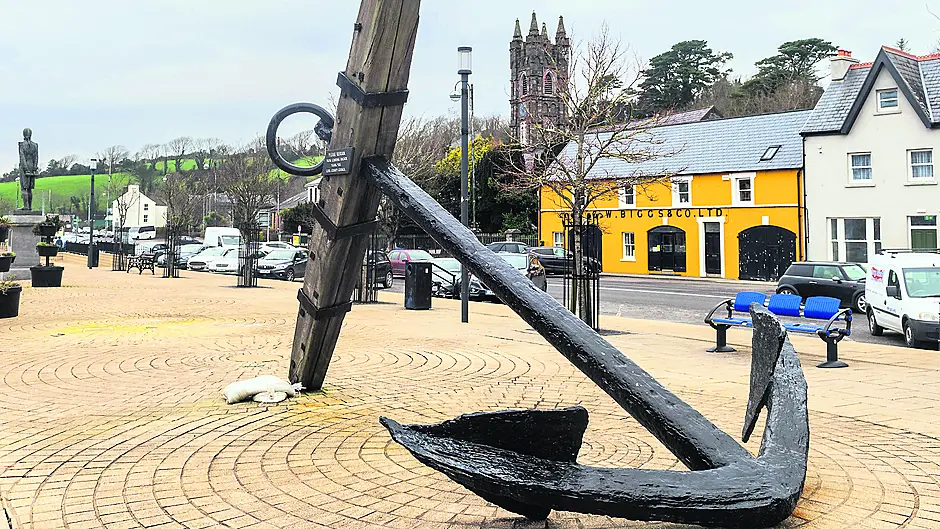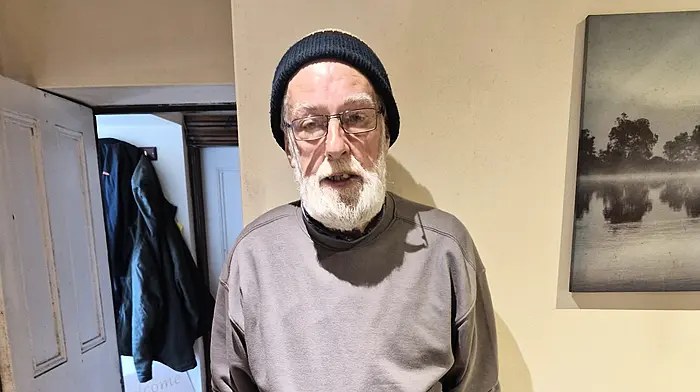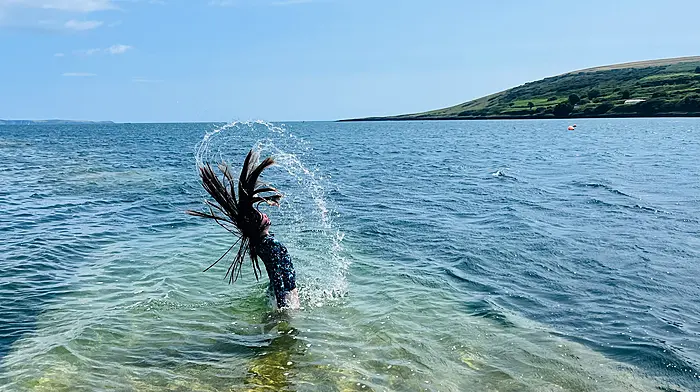The recent release of State papers reminded the public that several wrecks lie beneath the waters of West Cork, and could become major tourist attractions – on land, or at sea writes Niamh Hayes
La Surveillante, a French naval frigate, has been laying on the seabed of Bantry Bay for 225 years.
It’s said to be the most intact 18th century shipwreck in Irish waters. State papers released earlier this month show that the Irish government looked at raising it in 1988, but it was deemed too expensive and left there.
A wreck like this would provide a wealth of information about maritime history, as well as potentially being of huge benefit to the local area. So, is it time to start reinvestigating how to raise it?
The ship had been involved in naval engagements against the British during the American War of Independence, but in 1796 it became part of a fleet from France that attempted to land in Ireland and overthrow English rule. Many of the 48-ship fleet made it to Bantry Bay in December, but were forced to abandon their mission and return to France due to bad weather. La Surveillante was no longer deemed sea-worthy, but rather than allow it fall into British hands, the ship was scuttled on January 2nd, 1797.
It lay undiscovered for almost two centuries but in 1981, following the 1979 Whiddy Island disaster, marine surveys were conducted in the area and La Surveillante was identified. An assessment and survey of the wreck took place between 1999 and 2000 by the National Monuments Service, with many items being identified.
These items, which included iron guns and a bower anchor, along with the exact structure of the ship, were confirmed through seabed mapping and Info-Mar imagery in 2007, with a re-survey being conducted in September 2020.
Assessing and surveying a ship like La Surveillante helps piece together maritime history and provide information such as how ships were constructed.
So why didn’t the Irish government proceed with plans to raise it in 1988?
State papers were released in early January that document a meeting between representatives from the OPW, the Department of the Marine, the National Museum, the Taoiseach’s and other Departments in March 1988, and the Taoiseach seemed very interested in the possibility of a joint research project on La Surveillante with the French.
According to the papers, a figure of £30m had been mentioned as the cost of raising the wreck from the sea bed.
‘He (the Taoiseach) proposed that a feasibility study needed to be done in the light of the interest from the French authorities and the initiative at local level. Another estimate of total cost was £10m.’
It was agreed that a reply should be sent to the French Embassy outlining that the Department of Foreign Affairs welcomed the proposal for a research project and that the Irish authorities would be willing to meet with French experts to discuss the possibility. In the meantime, the Irish authorities would clarify the legal situation regarding the wreck.
‘The reaction of the meeting to the suggestion of a research project was positive enough even if heavily qualified by legal and financial reservations.’
Despite the positive tone of the paper, the final comment from the Taoiseach states, ‘in view of the potential staggering cost of the raising of the wreck, it is not possible in my view to treat this project with anything other than great scepticism’.
And that was that – the wreck was left there.
But is it worth reinvestigating the possible raising or restoration of the ship now?
Brian O’Rourke of Bantry Bay Charters is a commercial diver and has dived on the wreck. He’s in favour of something being done with it.
‘It’s an impressive wreck. The hull still has its shape, thanks to the copper sheathing and there’s an anchor, cannons and other artefacts that are still in-tact,’ says Brian.
‘As a dive operator, yes it would be a great idea to open it up to diving tours, but only experienced divers would be able to dive there. It is laying in mud and the visibility isn’t great. But data could be collected on each dive using things like GoPros and that would be the intellectual property of the National Monuments Service. It makes sense to have more dives to it to gather more data.’
While the idea of diving tourism appeals to Brian, he thinks it would be more beneficial to have it on display in Bantry or the local area, as it would be accessible to more people, particularly now at a time when the home market has never been so busy with local tourists.
‘Lifting it would still be expensive, but things like under water mechanics and cranage have vastly improved. It is very doable,’ adds Brian.
Visitors to Stockholm will be aware of the massive visitor attraction museum and tourism industry which has grown up around the restored 17th century Swedish warship, the Vasa. Could something similar be based in Bantry?
Angela O’Donovan, chairperson of Bantry Historical Society, agrees that it would be a great boost for Bantry and West Cork if it could be raised ‘and in due course restored’.
Finding the right space to store it is key, as things like temperature of the room would have to be very specific to keep the ship in good condition.
For now, parts of La Surveillante can already be seen around Bantry. The anchor in the Square is purported to be one of two anchors from the ship, with the second one standing inverted in the ballast of the shipwreck. One of four guns on the grounds of Bantry House is also said to be from the wreck, while the bell is on display in the National Maritime Museum.
La Surveillante isn’t the only ship lying idle in Bantry Bay. According to the National Monuments Service, dozens of shipwrecks lie dormant in the area, so the raising and restoration of it may lead to further ships being investigated and identified, something that could aid in the piecing together of Irish maritime history and be of huge benefit to the local areas.









